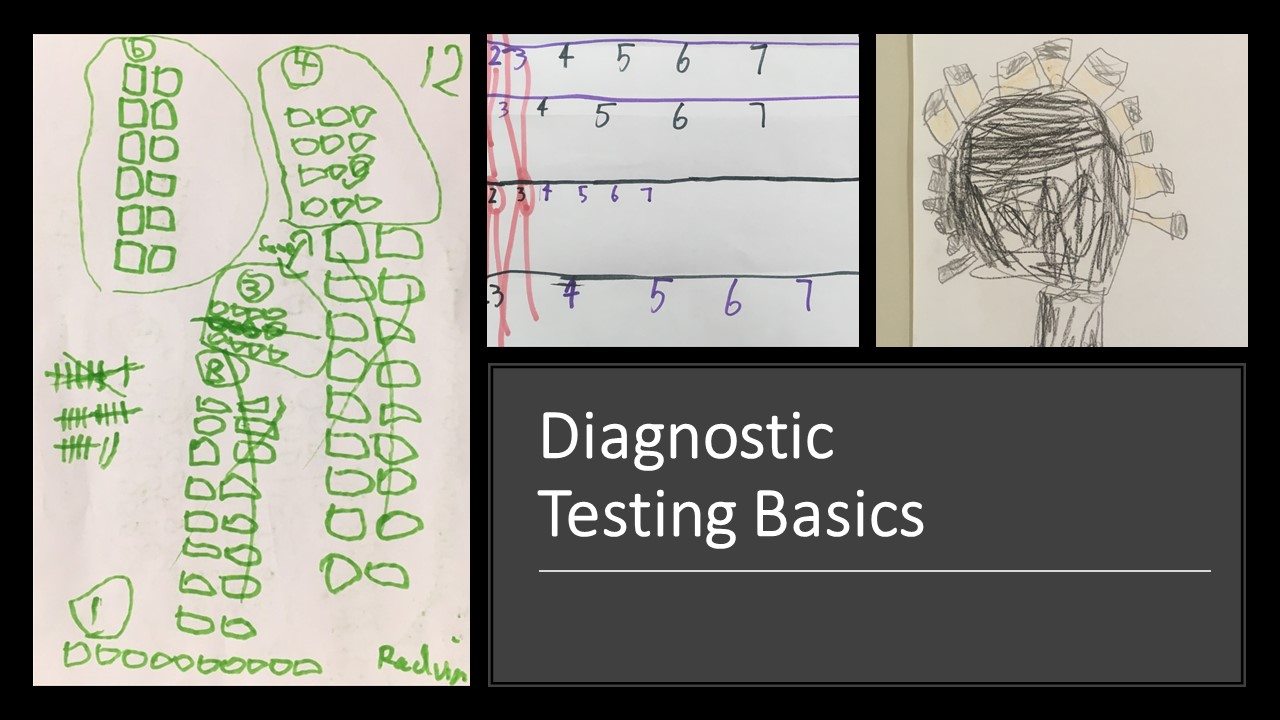
Formative assessment, developmental stages and starting the year well
The goal of formative assessment should always be to find out what each student NEEDS next, rather than focusing
Fluency in the Australian Curriculum refers to building students’ content, basic skills, speed and accuracy in routine questions.
Routine questions are those that students have been shown how to solve, whether these involve a single step, multiple steps, remembering a formula, or applying a formula to solve a simple situation. Most questions found on worksheets, in textbooks and in primary-school maths tests fit into this category: they allow students to practice what they have learned until they can consistently get that type of question correct and then they check that students have “got it”.
Understanding in the Australian Curriculum refers to a deep understanding of the mathematical principles and patterns that underpin classroom learning as well as the connections between concepts.
Understanding is shown through questions that require students to make connections and build patterns. One example of these is non-standard problem-solving (problems that require students to work backwards, fill a gap, or solve a multi-step problem) as these allow students to adapt the known to the unknown. Another example is questions that start with a fairly simple scenario and then add additional complications with each step, allowing students to connect what they have already worked out to the new situation. A third example of questions that fit this scenario are open-ended questions that focus on developing perceptive understanding of patterns.
Understanding is very different to Fluency. Whereas Fluency mostly uses routine questions that are very similar to what students have seen before, Understanding requires students to do more than what they have seen before. It requires students understand the why and how rather than just the what of mathematics and to adapt what they have learned to new or non-routine situations by using the connections that underpin mathematical principles rather than memorised procedures.
Problem-Solving in the Australian Curriculum refers to having students attempt never-before tried problems.
These need to be completely new to the students, not word problems written from what they have already been taught, or applications of their pre-existing content and skills to a real-life context. These types of problems usually require students to work out new strategies that they have not been shown, to build new content that they do not yet possess and to experience moments of insightful thinking.
Reasoning in the Australian Curriculum is the proficiency strand that requires students to prove that their thinking is mathematically valid or that someone else’s thinking is not mathematically valid.
They need to show/demonstrate the mathematical process that they used to obtain their answers. This can be done orally, in written format (such as sentences or equations), using visual representations (diagrams, graphs or drawings) or using physical materials combined with explanations. Students need to demonstrate a process that is both (1) mathematically valid and (2) logically structured and easy to understand.

The goal of formative assessment should always be to find out what each student NEEDS next, rather than focusing
Recently I’ve been pondering findings from a major report into Australian schooling that kids who are struggling in maths by
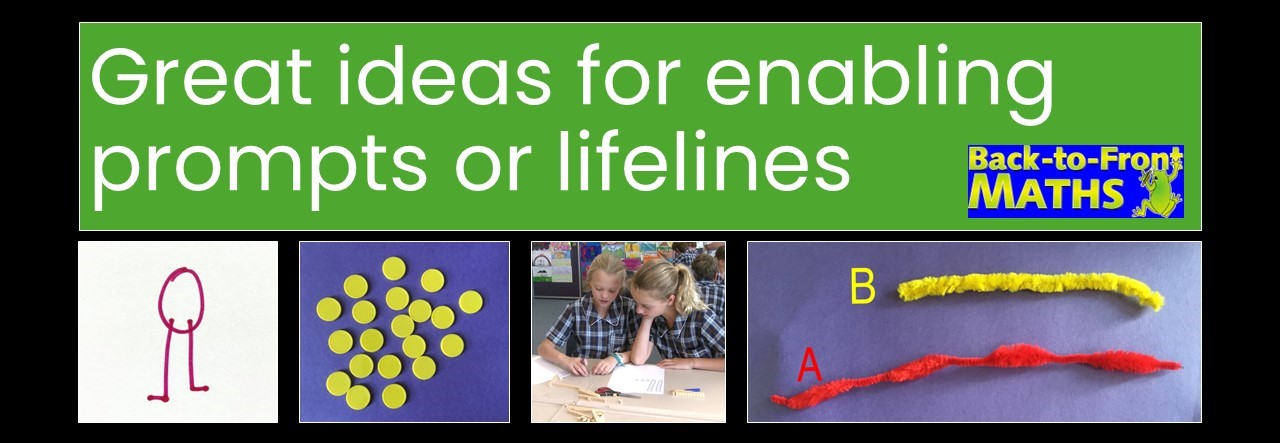
Enabling prompts or life lines are a fantastic way of helping students who are stuck to get started. They do not reduce
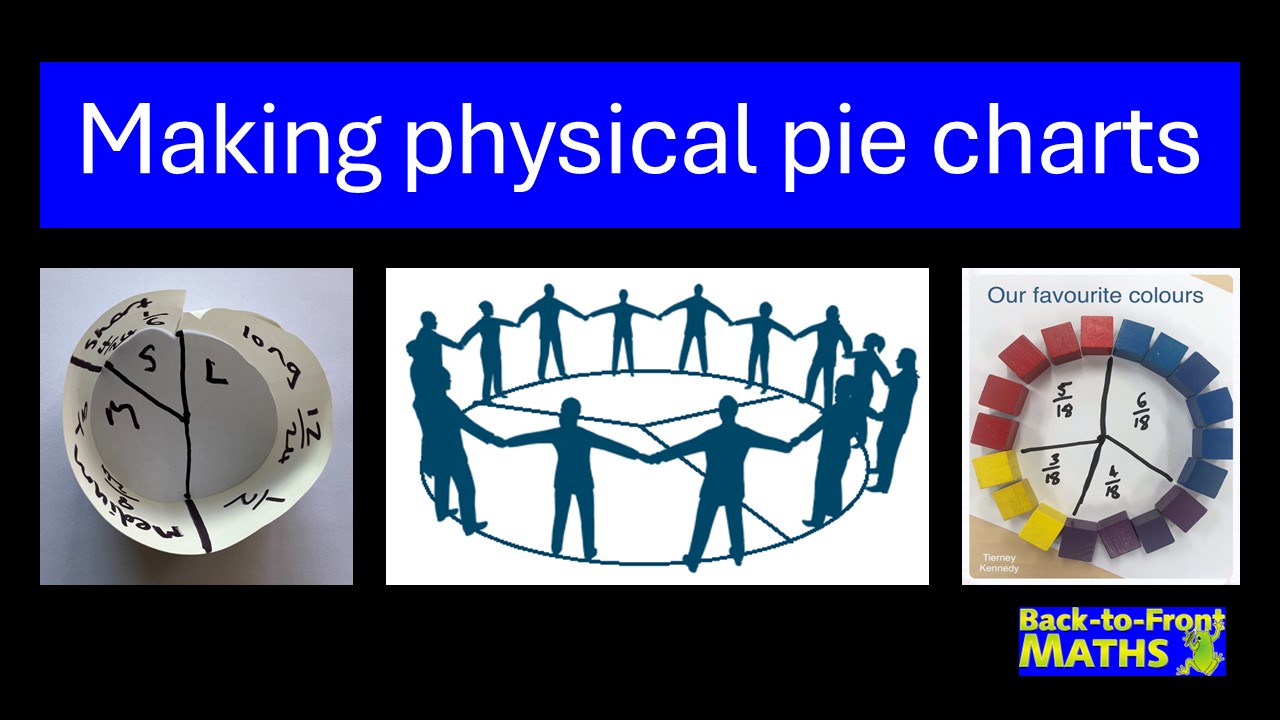
Pie charts are an awesome way of linking statistics, fractions and angles, however they can often be difficult for students
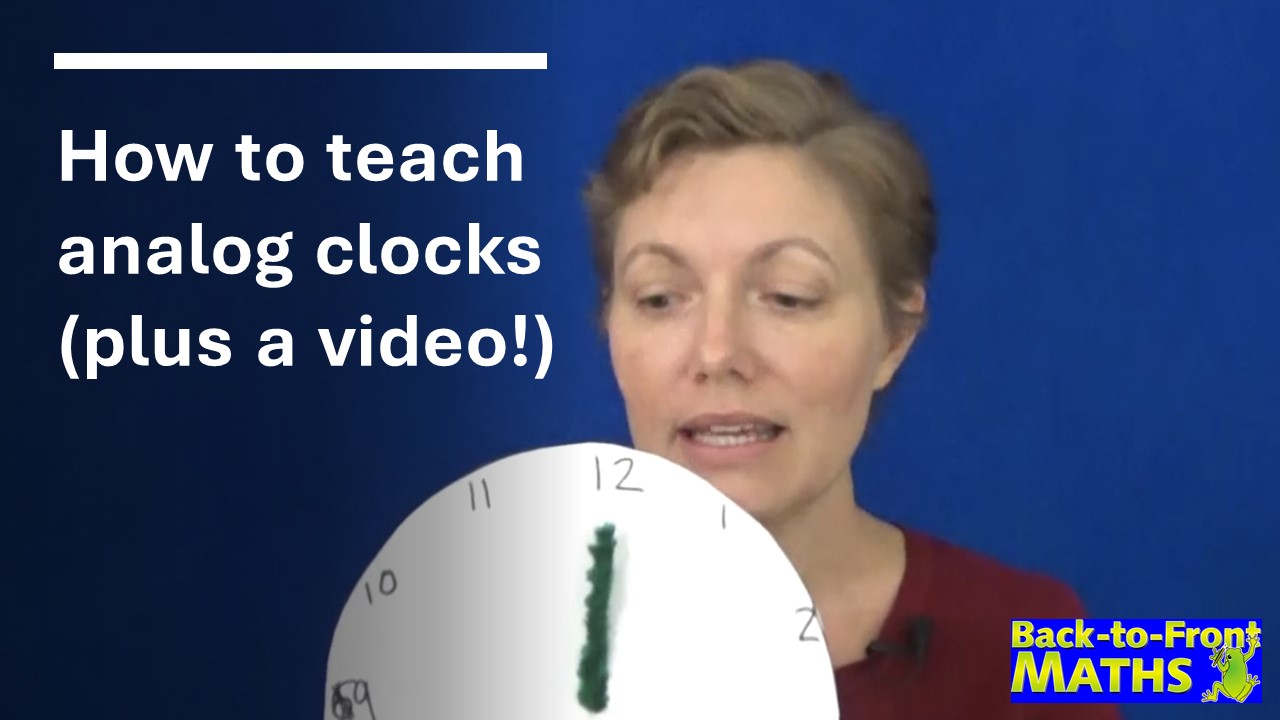
While it may sound counter-intuitive, the easiest way to learn to tell the time is to remove the minute hand
Hundreds charts are great for connecting tens and ones. Why not turn one into a jigsaw puzzle to use in
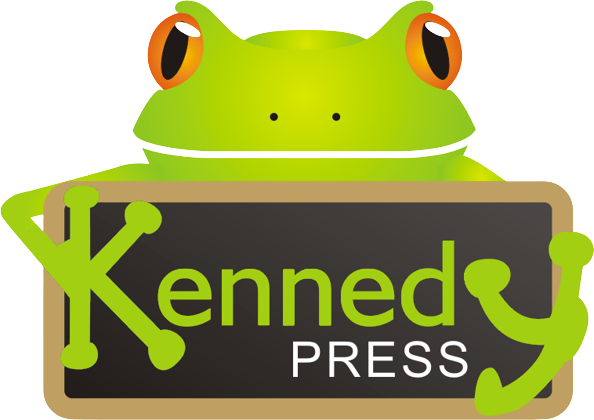
KENNEDY PRESS PTY LTD
FOR ALL ENQUIRIES, ORDERS AND TO ARRANGE PD:
© COPYRIGHT 2023 KENNEDY PRESS PTY LTD ALL RIGHTS RESERVED TERMS & CONDITIONS